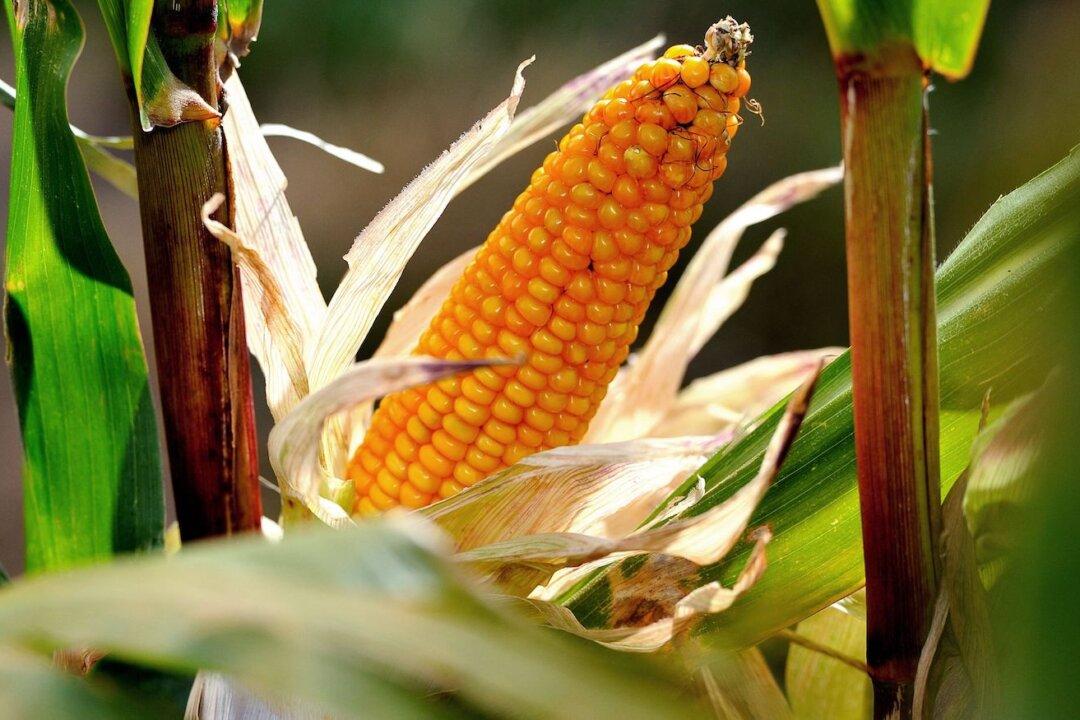Crop futures eased to finish the Oct. 12 trading session after the U.S. Department of Agriculture (USDA) published its October World Agricultural Supply and Demand Estimates (WASDE) report.
The U.S. government raised its 2021–22 domestic soybean output projections by 74 million bushels to 4.4 billion bushels. It lifted U.S. soybean inventory expectations for the current marketing season by 145 million bushels to 4.7 billion bushels. Soybean ending stocks were estimated to total 320 million bushels, up by 135 million bushels from the September report.





